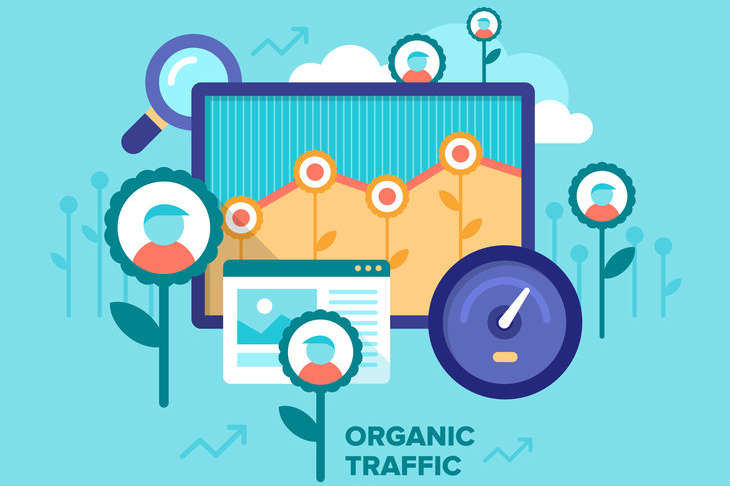
Get weekly
HubSpot updates
Content is all about value. If the bread and butter of your inbound marketing strategy is not delivering value to your audience, you need to have a rethink about what you’re offering. Meaningless copy and endless complicated jargon needs to go!
These aren’t helping you to nurture leads or build trust in your brand.
A business that utilises content effectively as part of a strategy sees improvements in their bottom line — especially in sales, cost savings and customer retention. When you place anything on your website, whether it be a call-to-action, an eBook or a form, you have it there for the purpose of generating brand awareness and conversion, which will lead to effective lead nurturing.
But to generate engagement, you need website traffic. So how can content marketing increase your website traffic?

A content strategy should be a process within your existing digital marketing strategy that works towards and complements your marketing goals. You want your content to act as key performance indicators (KPIs) when analysing your overall marketing efforts. Content itself won’t push website traffic, so what inbound methodologies benefit from content behind them?
Social media strategy
One of the best ways your content can increase website traffic is to enhance your social media strategy, in order to identify what content is working, and what isn’t. The purpose of your social media strategy is to open your audience to your content, and to drive traffic to your website.

Being one of the ultimate word of mouth marketing tactics, social media drives traffic to your website by tapping into people’s drive to converse, to want a human relationship with your brand. Online conversations with your audience will instil consumer trust in your brand, making your content more well received when they interact with it.
Search engine optimisation (SEO)
Good quality, consistent content is not only good for your brand, but your SEO too! Unfortunately, search engines don’t favour everyone. If you publish relevant, consistent content, then you should start to see an increase in organic website traffic — although with SEO there are no guarantees.
If you haven’t already, it may be good to evaluate your website to understand how you can optimise your SEO.
Are you sending the right message?
The trick to generating good engagement with an audience from all stages of the buyer’s journey is to talk about issues and problems faced by your audience, not about your business.
-5.gif?width=400&name=giphy%20(1)-5.gif)
Whilst it’s still important to address how your business can be the solution to these, your website traffic will increase if this isn’t made explicit. Nurturing your audience is the most important way to enhance your website traffic, and you won’t nurture your leads if you directly give them a decision in whether to spend money with you at such an early stage in their journey.
Your content can increase website traffic by offering ways to engage at each point in the buyer’s journey, so they can be targeted at the right time.
Pay-per-click (PPC)
If you’re wanting to target your content at a specific group, then PPC will launch your content to the right people. Aligning your content to your inbound strategy funnels more selectively, you can bring the right people to your website.
With PPC you need to ensure that there’s good quality, relevant content for the user to engage with your website. PPC is here to draw people into your website, but if there is an absence of any engaging content to hook the reader, there will be little return on investment to see your Google Ads campaign be worthwhile.
The same can be said for getting the right content to the right people. This means refining the content you send people to from Google Ads, social media ads etc. For example, Google Ads should be used for decision customers who have a clearer buying intent, while social media ads should be used for promoting content that is higher up in the funnel.
Content not only drives traffic to your website - it builds your brand image, personality and nurtures your customers, but you mustn’t start to produce content for content’s sake. If you prioritise quantity over quality, you’ll see your return on investment start to drop as engagement falls.
Content is used to signpost customers, so your business can effectively target the right people for the right campaign, or with the right message. Without this, you may still yield a high level of website traffic, but if it doesn’t generate any engagement, what’s your content actually doing?
For some more advice on how you can tailor your content to suit your overall marketing strategy, take a look at our guide all about planning your digital marketing strategy.

